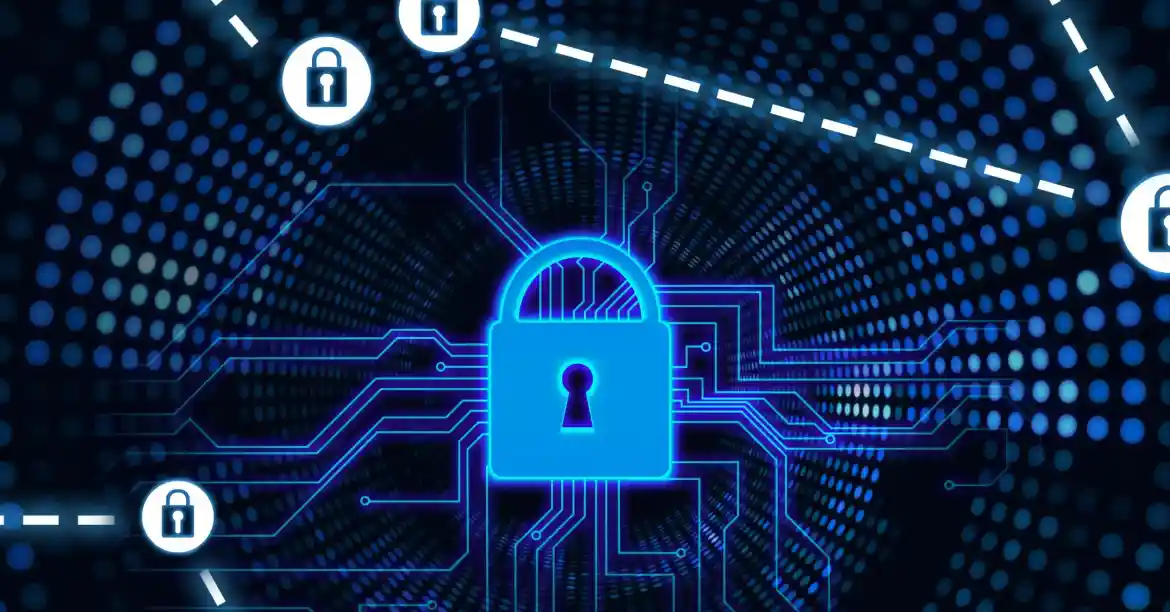Mitigating Cybersecurity Risks In Business Communications
Date: 5 December 2023

The connection between cybersecurity and business communications is undeniably critical in the current digital landscape. With growing reliance on digital platforms, companies are at a higher risk of cyber threats that can jeopardize data and disrupt services. This highlights the importance of strong security in all business communication.
Effective communication technologies are crucial but bring challenges in keeping information safe. One essential strategy to boost security and efficiency is implementing advanced systems like telephone system CRM integration. This not only strengthens communication but also streamlines business operations.
Read on to learn valuable insights and practical strategies for effectively managing cybersecurity risks in business communications. These tips will help keep your company’s data secure and operations smooth in today’s interconnected world.
Best Security Practices For Safe Communications
Communication security is more than just technology; it includes smart practices in all areas of business communication. Building and regularly updating a solid cybersecurity framework is essential to protect your business. Enhancing your cybersecurity posture also means adopting new technologies and embedding security-conscious habits into your company’s culture. In today's interconnected world, securing your business technology is paramount. Companies like Far Out Solutions IT emphasise the need for integrated IT solutions—from managed IT services to robust cybersecurity measures—promoting efficiency and security across all business operations. Aligning with strong authentication protocols and advanced systems integration can significantly enhance not only communication security but overall operational effectiveness.
Here are some essential practices to consider:
- Regular software and hardware updates: Ensure all communication tools and systems are up-to-date with the latest security patches. Outdated systems are more vulnerable to attacks.
- Comprehensive staff training: Regularly train staff on cybersecurity best practices and threat recognition. Team members should understand their role in maintaining communication security.
- Robust authentication protocols: Implement strong authentication measures like two-factor or multi-factor authentication, especially for accessing sensitive data and systems remotely.
- Encrypted communication channels: Use encryption for emails, phone calls, and messaging to protect data from interception.
- Incident response plan: Have a clear cyber incident response plan and test it regularly with cyber table top exercises for responding to cybersecurity incidents quickly and with minimal damage.
To effectively reduce risk and build trust, businesses must consistently apply best practices in cybersecurity. Staying alert and adaptable is crucial, as complacency is a significant vulnerability in this field. Continuous improvement in security measures is essential to tackle current and future threats.
Securing Email Communications
Emails are essential in business communication but are often targeted by cyber criminals. Implementing strategies to protect sensitive business information is crucial for improving email security. Strengthening email defences can significantly lower the risk of cyber-attacks and data breaches.
Here are the essential practices for securing email communications:
- Implement email encryption: Encrypting emails is crucial in safeguarding sensitive information against unauthorised access or interception.
- Deploy anti-phishing tools: Utilise advanced anti-phishing software to detect and block malicious emails, reducing the risk of phishing attacks.
- Educate staff on phishing scams: Conduct cybersecurity training sessions for staff members to recognize and handle phishing attempts and other email-based threats.
- Strict access controls: Establish stringent access controls for email accounts, ensuring only authorised personnel can access sensitive information.
- Regularly update email systems: Keep email systems updated with the latest security patches and software updates to defend against new threats.
- Use spam filters effectively: Employ and fine-tune spam filters to reduce the influx of potentially harmful emails.
The security of email communications is a critical aspect of overall business cybersecurity. Implementing these practices helps create a secure email environment, reducing the likelihood of successful cyber-attacks and enhancing the trust of clients and partners in your communication systems.
Protecting Mobile Communications
Securing mobile communications in the era of ubiquitous mobile devices has become a paramount concern for businesses. The convenience of mobile devices in business operations also increases cyber threats and risks, making it essential to adopt robust security measures.
Protecting these devices isn’t just about safeguarding hardware; it’s about ensuring the confidentiality and integrity of the information they transmit and store.
Here are several vital practices for enhancing mobile communication security:
- Secure messaging apps: Encourage using secure, encrypted messaging apps for internal and external communications to protect data from interception.
- Regular device updates: Ensure that all mobile devices used for business purposes are regularly updated with the latest security patches and software updates.
- Mobile Device Management (MDM) solutions: Use MDM solutions to control and protect mobile devices, which include features such as erasing data if a device is lost or stolen remotely.
- Strong authentication for device access: Use strong passwords, biometrics, or multi-factor authentication for accessing mobile devices, adding an extra layer of security.
- Training on mobile security: Educate staff members about the risks associated with mobile communications and best practices for maintaining security, such as avoiding public Wi-Fi for business transactions and recognizing potential threats.
Implementing measures to secure mobile communications is essential for overall cybersecurity. These steps help businesses reduce risks linked to mobile device use and maintain secure and efficient communication.
Adapting to the evolving cybersecurity landscape requires constant vigilance and proactive measures, particularly in the mobile domain, where the blend of personal and professional use presents unique challenges.
Conclusion
The cybersecurity strategies mentioned in this article are crucial for protecting your business’s digital communications. As cyber threats change, so should our protective measures. Adopt these practices to validate your organisation’s dedication to security and act now to strengthen your communication channels. Your business information’s safety and stakeholders’ trust rely on these actions. This is the time to enhance your defences against future cyber threats.







